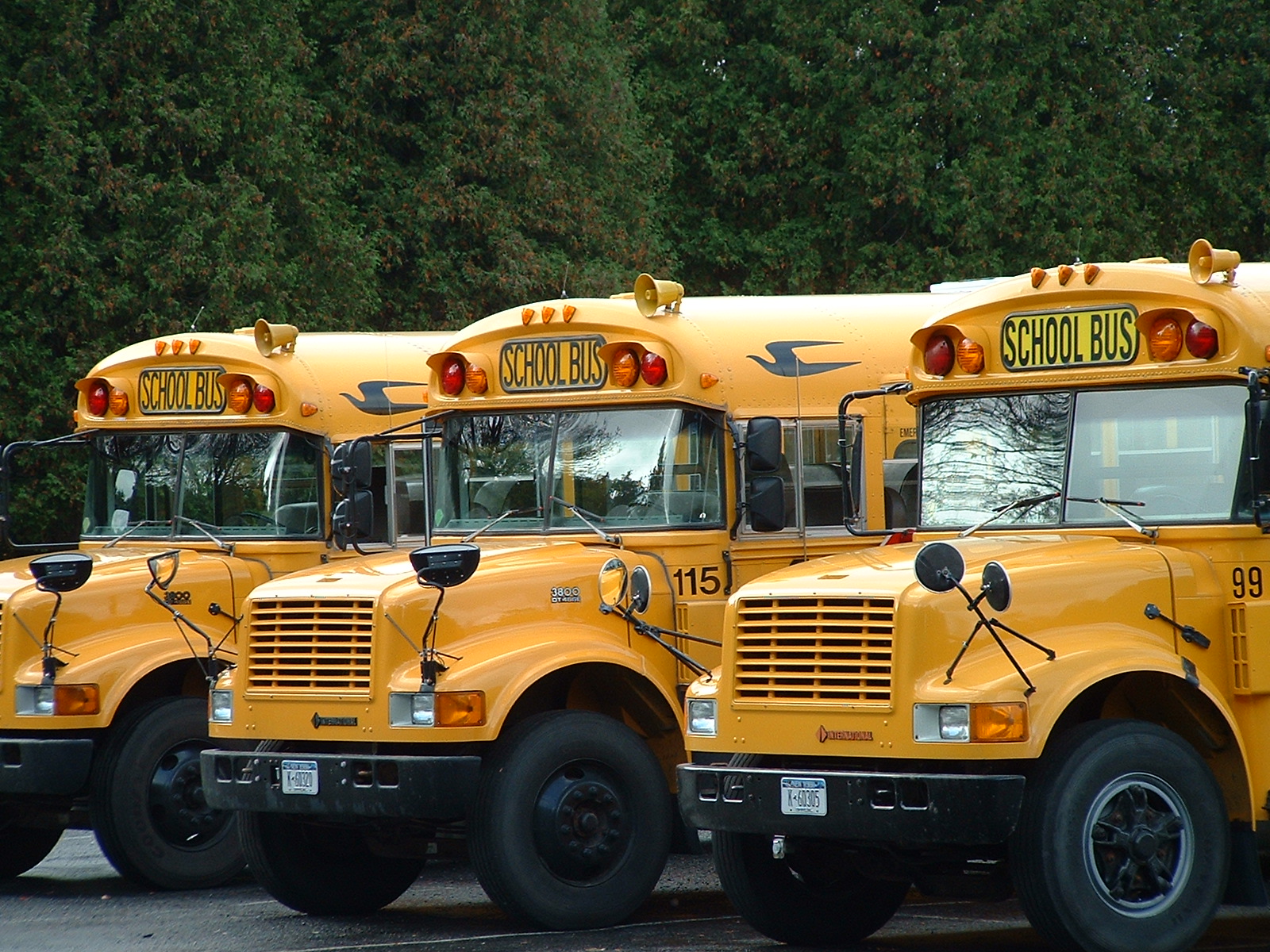The scheme ordered up by the conservatives who hold power in the NC General Assembly to assign a single letter grade to each of the state’s public schools – ostensibly as a quality signal so simple that even a caveman could get it – has proved, well, unhelpful.
Given the way the grades were figured, it’s hardly a surprise to find that schools where most of the students come from relatively well-off families scored on average pretty well. To find schools that rated A’s, just look in the upper-middle class suburbs of the state’s prosperous cities.
To find F-rated schools, look to schools where the kids of poor families are concentrated – kids who often struggle to keep pace in the classroom because of many reasons that are beyond the schools’ control.
Of course it’s true that public schools should be expected to give each student who comes through their doors a fair chance at learning what he or she needs to know to move successfully along the academic and career path. During two decades of litigation, it’s been established that some of North Carolina’s poverty-plagued school systems have fallen short in that regard, and the courts have called for various remedies.
So there indeed are valid reasons to try to gauge schools’ effectiveness in meeting their students’ needs and giving them the opportunities to which they’re entitled. But slapping a school such as inner-city Durham’s Eastway Elementary, where 99 percent of the students qualify for discounted meals because of low family income, with an F according to the legislature’s grading criteria is to bash it with a blunt instrument in a way that helps no one.
It’s the same blunt instrument, in fact, that people skeptical or suspicious of public schools in general often use to try to paint them as inept. And it’s no coincidence that Republican legislative leaders seem to share that skepticism. Consider their moves to bolster private schools via voucher schemes and to expand the ranks of public charter schools that might as well be private, given that they can choose their students – while clamping down on the overall public schools budget.
Have-nots and haves
It happens that the Durham school system, to use it as an example, already is faced with serving a student population that skews toward lower-income and minority, even though the community has plenty of affluence mixed in.
Allowing a number of schools to become places where family poverty is widespread has only made the problem worse, encouraging parents to look for private and charter options if they’re able. And now the system must deal with the stigma of having more than half of its traditional schools – 28 out of 52 – assigned a D or an F.
Low family income is the norm at those schools. The percentage of students who qualified for free or reduced-price meals – a commonly used poverty indicator — at the system’s six F-rated elementary schools averaged 92.5, by my calculation.
Durham had no A-rated elementary schools. Across the line in Wake County, nine of 105 traditional elementaries received A’s. The demographics are clear: Their free-and-reduced average was just 7.5 percent.
At A-rated Sycamore Creek Elementary in far northwest Raleigh, the F&R percentage was the group’s lowest at 3 percent. The school’s grade reflects well on teachers and staff, but it also signals the kinds of advantages typically enjoyed by students whose families have economic breathing room – a supportive home life where parents are able to help with homework and so forth; money for lessons, travel and other enrichment activities; high standards that push students to challenge themselves and to do well.
No Wake County schools at any level were hit with F’s. Although population growth and politics have made the goal difficult to reach, Wake for years has sought to keep individual schools from having to serve low-income students exclusively. If the current set of school grades has no other benefit, it’s to suggest the value of that policy.
Slightly more than half of Wake’s schools received A’s or B’s. Still, officials there found fault with how some schools were graded down. And no wonder, since the scores were weighted to emphasize students’ performance on end-of-year tests rather than their progress during the year.
With so many low-income students starting well back in the performance pack and dealing with less-than-ideal conditions at home, the best teachers on the planet might have had trouble bringing them fully up to speed.
Yet when teachers’ best efforts brought only student progress, not parity, their schools were branded with grades suggesting they were being staffed and run by lazy incompetents. How’s that for an incentive to go teach in a high-poverty school?
Shaming and blaming
This grading system shapes us as divisive, pointing fingers of shame at schools that have the responsibility of serving our poorest and least privileged communities.
All along, it’s been no secret that schools in those areas face special challenges. Some no doubt meet those challenges more effectively than others, and there are more nuanced measures that help identify schools where kids from poor families are more likely to succeed. Yet the single-letter grades mainly turn out to be markers of wealth and class. In other words, they’re another exercise in blaming the victims.
The grade scheme in that sense meshes with other legislative attacks on public schools – not only in promoting private education but also in refusing to face up to the realities of low teacher pay and what it takes to attract and keep high-caliber classroom leaders. So long as legislators make it their evident top priority to keep taxes low, they’ll deserve the barbs they draw from public education advocates calling for more resources – resources that are especially vital to schools serving poor families.
The Council of Churches is adamant in its support for public schools as cornerstones of opportunity for young people, especially for those who need all the help they can get to raise themselves out of hard circumstances. Schools need to be able to stand up to scrutiny from even their best friends — those of us who see high-quality public education as indispensible to the well-being of our society. But no school should be told it’s failing because its students have yet to overcome the disadvantages that poverty forces on them and their families.


